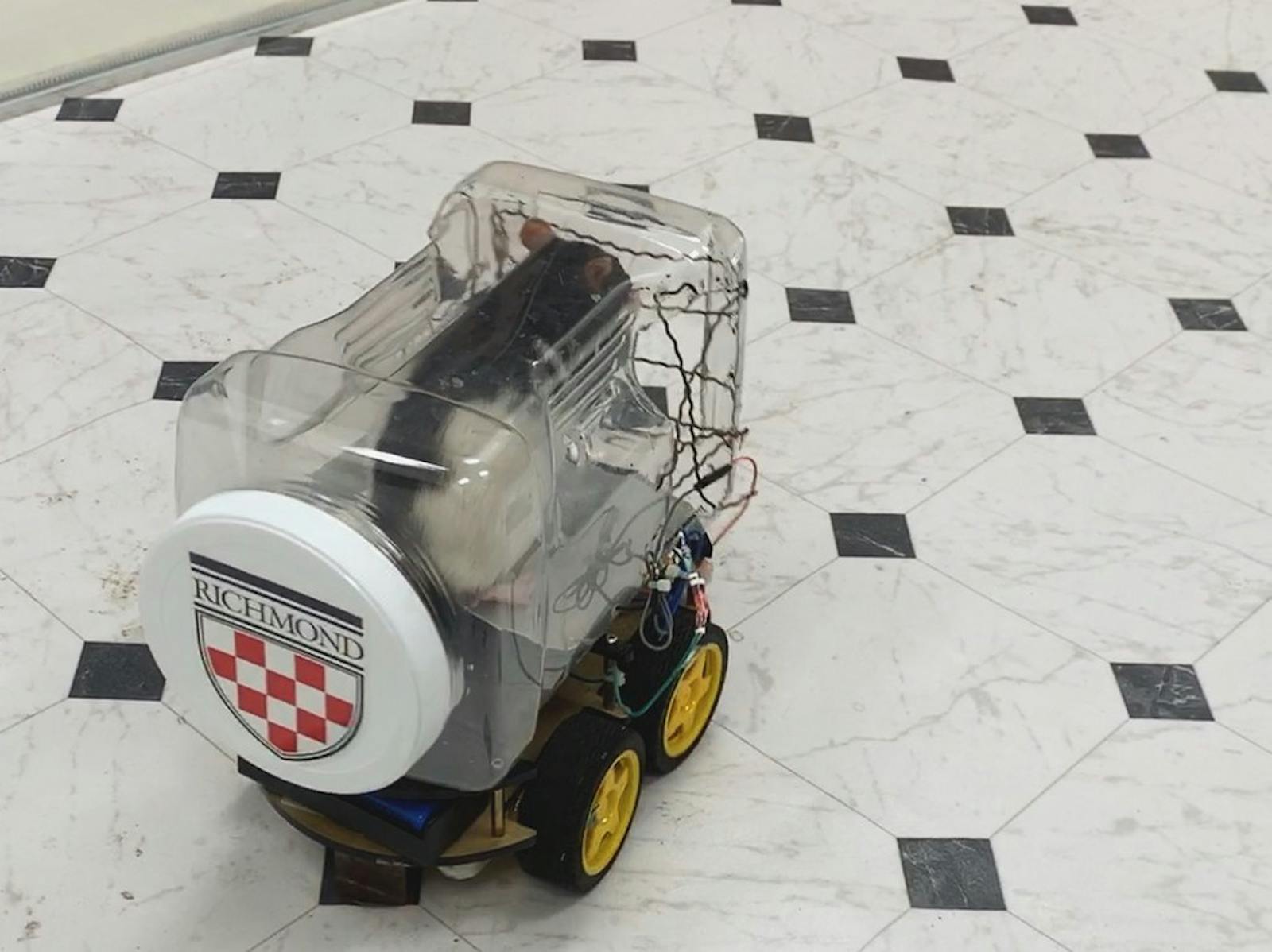Forever Plaid: The woman behind the Volkswagen Golf GTI’s iconic upholstery
When it comes to Volkswagen Golf GTI upholstery, Forever Plaid isn’t just a Broadway musical. And we have Gunhild Liljequist to thank for that.
Liljequist was a porcelain painter and chocolatier candy-box designer when she was hired, at age 28, to work in Volkswagen’s Germany-based Department of Fabrics and Colors in Wolfsburg in 1964. At VW, her focus was paint hues, trim, and interior detailing, so when the first Golf GTI went into production in the 1970s, it was Liljequist who was asked to design its interior from a sporty point of view.
The young designer is responsible for two GTI features that have become iconic. She gave the car a tartan seat pattern and a golf ball-style gear shift knob.
“Black was sporty, but I also wanted color and quality,” Liljequist recalls. “I took a lot of inspiration from my travels around Great Britain, and I was always taken by high-quality fabrics with checked patterns … you could say that there is an element of British sportiness in the GTI.”
20191010193924)
Specifically, Scottish sportiness: the tartan cloth design. It is often misrepresented as plaid (that’s a mostly American thing), much like Porsche’s legendary patterned seats are not Houndstooth but are, in fact, Pepita or Shepherd’s Check. Adding to the confusion, the GTI tartan pattern is now referred to as “Clark Plaid.” Sigh. Regardless, Liljequist’s decision to give the GTI tartan-covered seats was a monumental one in that it makes the GTI—which debuted in 1976—easy to distinguish from an original Golf, just as she had intended.
The GTI’s golf-ball gear knob, on the other hand, was a bit of a fluke.
“That was a completely spontaneous idea,” Liljequist says. “I just expressed my sporting and golf associations out loud: ‘How about a golf ball as the gear knob?’”
Although Liljequist personally loved black-and-white patterns, she used plenty of color in her 30-year career at Volkswagen, and she influenced some of VW’s most iconic paint hues, trim, and interior during the 1960s, ’70s, and ’80s.
20191010132649)
In 1987, four years before she retired, Liljequist helped create the limited-edition Etienne Aigner Mk1 Golf Cabriolet, which was influenced by the luxury maker of handbags, luggage, and leather accessories. During the design process, she discovered an iridescent pearl color that she applied to the car surface by using a transparent foil. Liljuquist’s research and testing of paint and coloring may have hastened the evolution of today’s metallic automotive paint, but let’s face it, she’s better known for what she did to the inside of the Golf GTI than the outside. Thanks to her bold upholstery choice the car will be forever plaid. Or is it forever tartan?
20191010132625)

